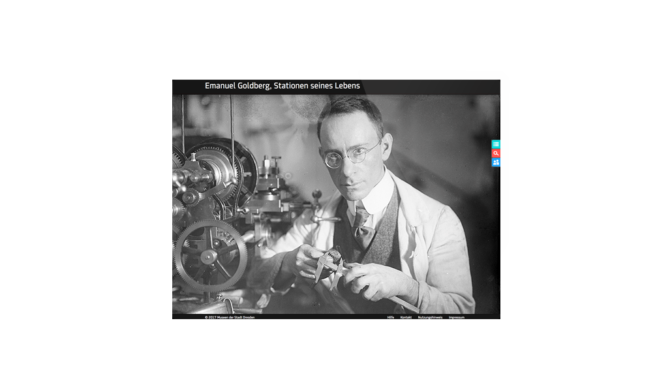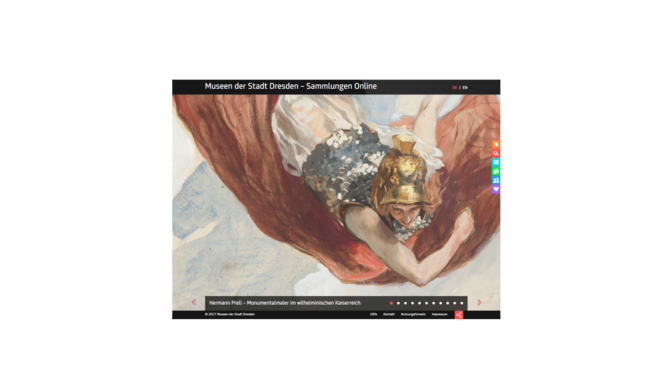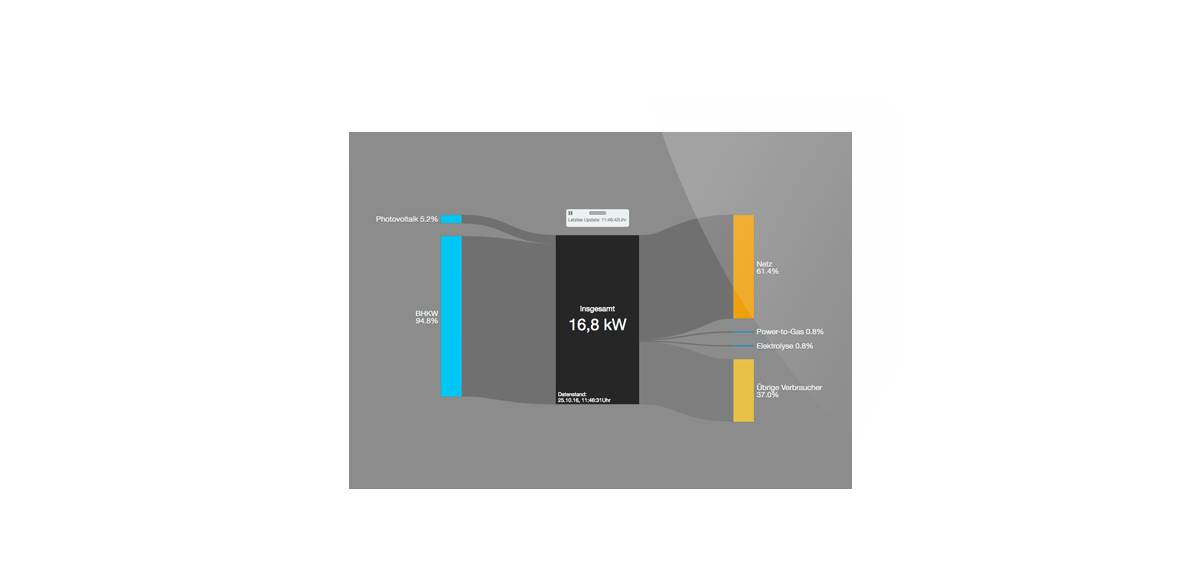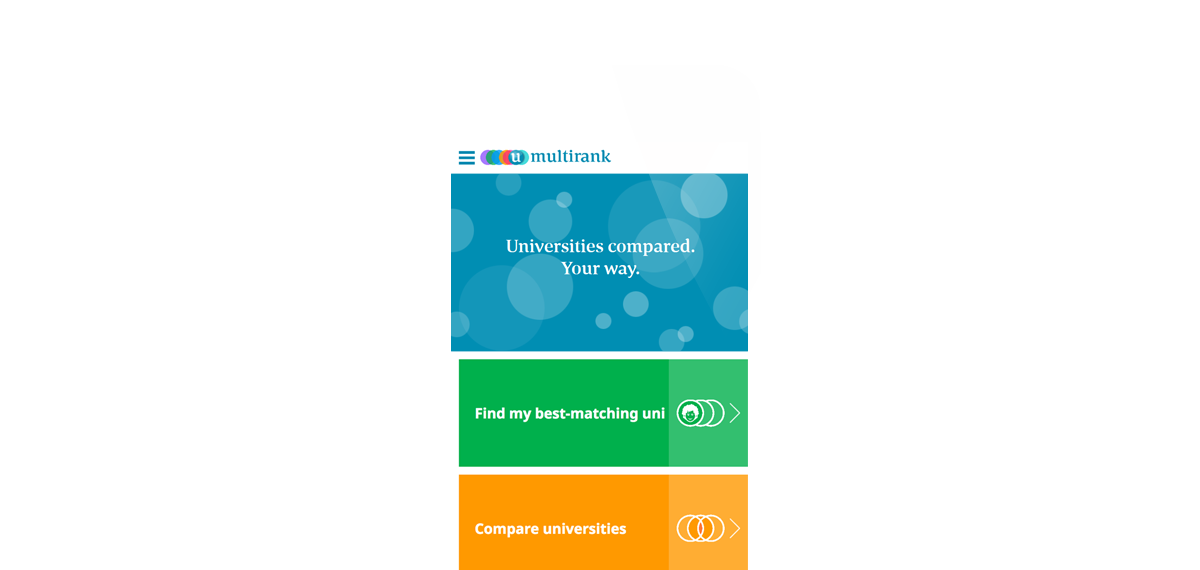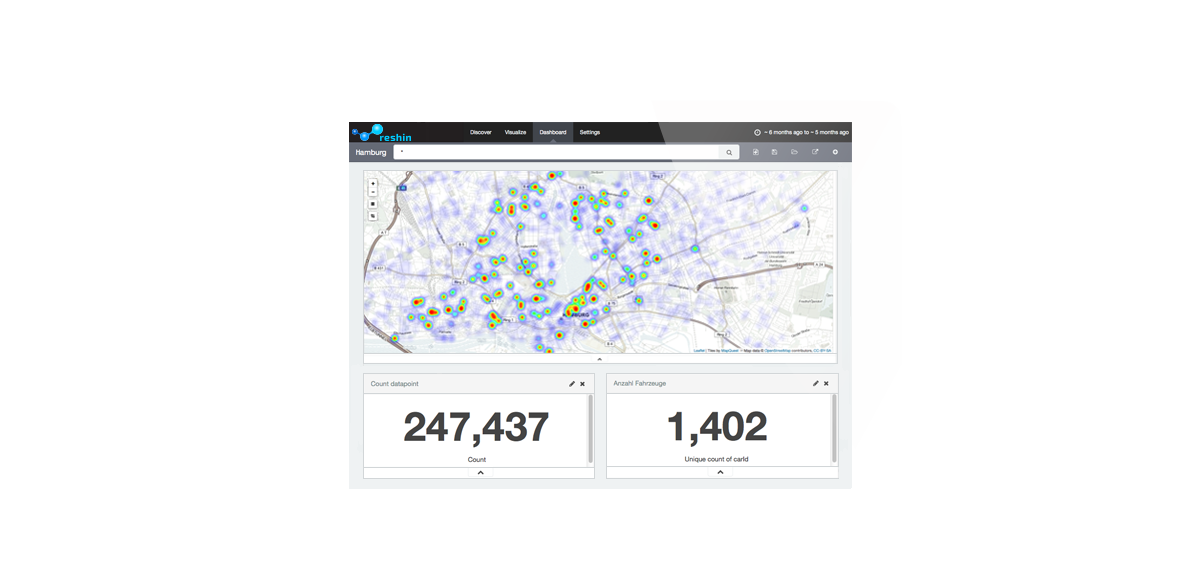Mit Hilfe von Deep Learning und neuronalen Netzen hat Folge 3 ein Prognose-System realisiert, mit dem sich die Reichweite von Anzeigenschaltungen vorhersagen und steuern lässt.
Das System ist für unterschiedliche Arten von bezahlten Anzeigen nutzbar – beispielsweise für Stellenanzeigen, Werbeanzeigen oder für Premiumprofile. Sowohl für laufende als auch für zukünftige Schaltungen kann die wahrscheinliche Reichweite über die Laufzeit vorhergesagt werden.
Unterstützung im Geschäftsprozess
Das Prognose-System unterstützt den den Geschäftsablauf beim Kunden an mehreren Stellen:
Vertrieb: Der Verkäufer kann prognostizieren, welche Reichweite sich mit welchen buchbaren Optionen erzielen lässt. Er kann live verschiedene Optionen durchspielen und seinem Kunden demonstrieren, wie das Zubuchen von Sonderleistungen die Reichweite erhöhen kann. Gemeinsam mit dem Kunden kann er entscheiden, welche Optionen für den Kunden das optimale Ergebnis bieten.
Monitoring: Mit Hilfe der Prognose können die Sachbearbeiter während der Laufzeit erkennen, ob eine Anzeige Gefahr läuft, weniger Reichweite zu erreichen als vorhergesagt.
Für Anzeigen, für die das zutrifft, kann das System Alarm schlagen und Möglichkeiten zur Performance-Steigerung vorschlagen.
Steuerung: Wenn eine Anzeige weniger Reichweite erzielt als vorhergesehen, können Reichweiten-steigernde Maßnahmen aktiviert werden. Dabei kann die Vorhersage genutzt werden, um zu entscheiden, welche Maßnahme ausreichend viel zusätzliche Reichweite einbringt, so dass die zugesagte Performance am Ende der Laufzeit erzielt wird.
Training und Optimierung
Zum Training des Neuronalen Netzes werden Reichweite-Daten aus den letzen Jahren herangezogen. Um so mehr Daten zum Training zur Verfügung stehen, umso exakter werden die Vorhersagen sein, die das System erzeugt. Es reichen aber „handelsübliche“ Datenmengen“ wie sie heutzutage in mittleren Webangeboten erreicht werden. Das System benötigt kein „Big Data“ um verläßliche Prognosen zu erstellen.
Deep Learning bezeichnet einen Satz von Methoden, die gemeinsam haben, dass sie ein neuronales Netz mit realen Daten in vielen aufeinanderfolgenden Iterationen trainieren. Nach jeder Iteration wird die Qualität der Prognose gemessen und die Einstellungen werden für die nächste Runde angepasst. In dieser evolutionären Vorgehensweise werden Einstellungen, die schlechtere Ergebnisse erzielen, schnell als Sackgassen erkannt und das Modell kann schrittweise die Vorhersage-Qualität steigern.
Das Trainieren des Netzes beginnt man in der Regel mit Eigenschaften, die einen klaren Einfluss auf die prognostizierte Größe haben. Sobald die Prognosen ausreichend gut sind, können schrittweise weitere Einflüsse in das Training aufgenommen werden. So lassen sich auch zum Beispiel saisonale und / oder regionale Einflüsse kontrolliert mit in das Modell einbeziehen.
Vielfältige Anwendungsfälle
Prognosen mit neuronalen Netzen sind nicht auf den Anwendungsfall „Reichweite von Bezahlanzeigen“ beschränkt, sondern können vielfältig genutzt werden. Beispielsweise prognostiziert Folge 3 in einem anderen Projekt für einen Großhändler die Dauer, die für das Verpacken einer Bestellung benötigt wird. Diese Prognose hilft dabei, die Auslastung der Packtische zu optimieren.
Folge 3 unterstützt bei der Ideenfindung und der Bewertung der vorliegenden Daten, zum Beispiel im Rahmen eines Data Discovery Workshops. Wir übernehmen das Training des Systems und deployen es auf unseren oder auf Ihren Servern. Anschliessen können die Ergebnisse von Mensch und Maschine genutzt werden. Im Browser können Sie mit Hilfe von generischen oder eigens für Ihren Anwendungsfall erstellten Dashboards und Tools auf die Prognose zugreifen. Gleichzeitig können Sie die Vorhersagen auch über eine REST-API abrufen, um sie in maschinellen Abläufen einzusetzen.
Für genauere Auskünfte melden Sie sich gerne unter data@folge3.de


